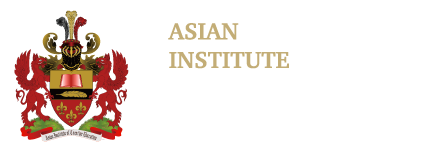Excerpt from:PsychCentral
Published by:Traci Pedersen
Socioeconomic status (SES) may have the strongest impact on whether secondary school students choose to study STEM (science, technology, engineering and mathematics) subjects, according to a new Australian study published in the International Journal of Science Education.
A research team from the Royal Melbourne Institute of Technology (RMIT) analyzed the data of more than 4,300 students in Australia, and also looked at Indigenous students who are less likely to study all sciences.
The study was led by Dr. Grant Cooper of RMIT University and Professor Amanda Berry of Monash University. The research highlighted the demographic predictors of secondary student science enrollment.
The overall findings show that female students are much less likely to study physics, more likely to study biology, and have roughly average participation in other areas such as chemistry. The results show, however, that these categories are not mutually exclusive. Indigeneity, gender, and low SES status can all manifest in the same student, complicating the results.
The study authors point out a worrying lack of initiatives to help improve low SES students’ access to science. “Australia has one of the highest levels of school social segregation of all OECD countries, meaning schools mainly enroll students from low or high SES backgrounds,” the authors write.
This problem is worsened by a lack of diversity in school syllabi, they say.
Cooper and Berry argue that “a significant challenge for educators and school leaders is the implementation of a science syllabus that meets the diverse needs of students, particularly for underrepresented cohorts, who are less likely to have access to valued cultural, social and science capital.”
For example, lower SES schools are less likely to have enough resources, such as books, materials, and laboratories, to help support student engagement in the sciences. The researchers point to the Finnish education system, in which students from different socioeconomic backgrounds study together.
“A students’ ease of access to, and a sustained immersion in cultural, social and science capitals facilitates a habitus and identity that embodies a sense that ‘science is for me’,” the authors write.
The study also found that Indigenous students face challenges in all forms of science except for earth/space science, in which their participation was similar to other Australian children. The researchers suggest this may be due to cultural traits that emphasize a connection with the land.
“This result may be explained by Aboriginal Peoples’ spiritual connectedness with Country, with land forming the basis of Aboriginal relationships, identities and cultural practices. Earth/space science syllabi commonly explore the interconnections between land, ocean and atmosphere.”
These findings may offer a clue as to how to better include Indigenous students in science, by incorporating Indigenous perspectives into the course content. The researchers note that the Australian Curriculum, Assessment and Reporting Authority has attempted this.
Finally, while female students did show lower participation in physics, the study found they were more involved than male students in biology, and about the same in other sciences. The researchers suggest that more needs to be done to encourage female involvement in STEM.
“Initiatives focusing on knowledge, ability, motivation and feelings of belonging could increase the interest and persistence in STEM education,” write the authors.


